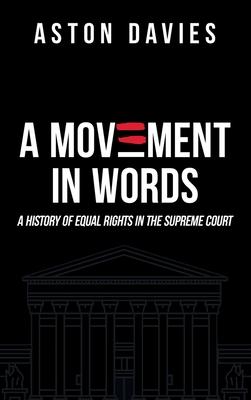The Supreme Court stands as the most powerful court in the nation and bears the ultimate say on law and the interpretation of the Constitution. As the Court has become a dominant force in political direction, the progression of equal rights has been largely guided by their rulings in monumental cases. These cases outline a broader history of equal rights and how the Court's judicial power has been used to overcome barriers that inhibited blacks, women, and members of the LGBTQ community from accessing the rights established within the Constitution. Despite the progress the nation has made, recent cases outline the importance of continuing this fight for minority populations and the work that remains in the Supreme Court to create a more just society. As said by Justice Ruth Bader Ginsburg, although the Court may bear a blind spot today, with "its eyes open tomorrow" progress can continue to be achieved and U.S. values can be instilled in society.

A Movement in Words: A History of Equal Rights in the Supreme Court
The Supreme Court stands as the most powerful court in the nation and bears the ultimate say on law and the interpretation of the Constitution. As the Court has become a dominant force in political direction, the progression of equal rights has been largely guided by their rulings in monumental cases. These cases outline a broader history of equal rights and how the Court's judicial power has been used to overcome barriers that inhibited blacks, women, and members of the LGBTQ community from accessing the rights established within the Constitution. Despite the progress the nation has made, recent cases outline the importance of continuing this fight for minority populations and the work that remains in the Supreme Court to create a more just society. As said by Justice Ruth Bader Ginsburg, although the Court may bear a blind spot today, with "its eyes open tomorrow" progress can continue to be achieved and U.S. values can be instilled in society.